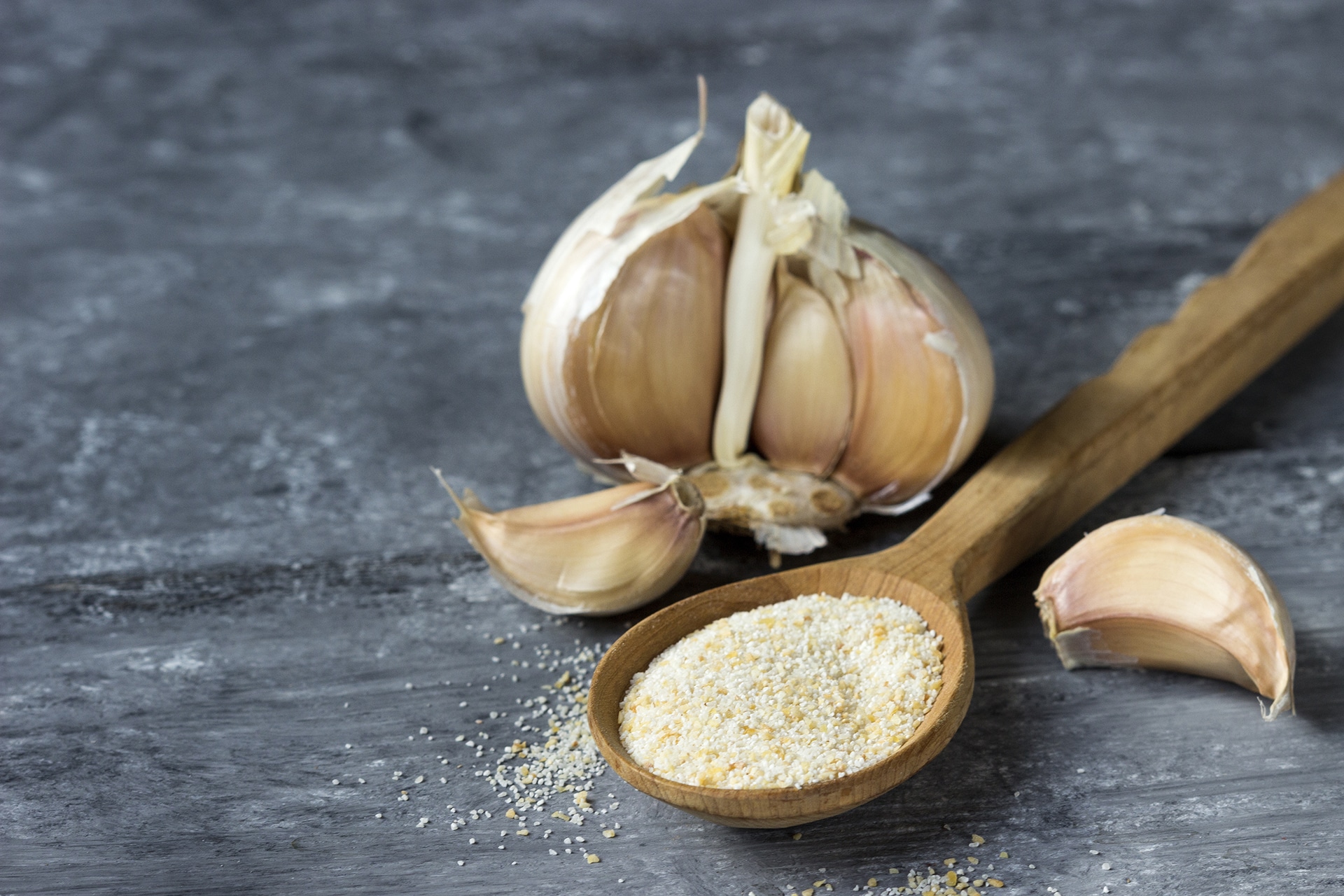As I go on my morning walks, it feels like nature is holding a collective breath. Long gone are the vibrant, color-filled days of early fall. Instead, the skeletons of trees pierce the blue skies. My favorite meadow looks like a plant graveyard; mullein stalks and yarrow seed heads are now only a reminder of summer’s abundance. Soon, snow will cover it all, creating a clean slate to write winter stories.
Our dinner table has also shifted these past few months. Raw salads and fruits have been replaced by slow-cooked and deeply nourishing roots and stews. Now is the time for comfort foods! Meals that evoke the cozy sense of a warm hearth, snuggled in, while outside the world becomes colder and harder.
Too often the foods of the winter season lack a variety of spice and flavor. For many a dash of salt and a sprinkle of ground pepper are the only additions to potatoes, carrots, and meats.
Why is that? Flavor is the spice of life!
Without it, foods and beverages are boring, unappealing, and dull.
Flavor is also an important part of herbal medicine.
The Umami Flavor
Depending on what system of herbal medicine you look to, herbalists recognize five to six flavors. Traditional Chinese Medicine has the five tastes of pungent, salty, sour, bitter, and sweet. Ayurveda has an additional flavor of astringent.
In Japan and now many other parts of the world, another flavor is recognized: umami.
The umami flavor is simply described as a pleasant and savory taste. I consider it a delicious comfort in these colder, cozy months. Yum, umami!
The term umami was first coined by Kikunae Ikeda, a Japanese chemist, in 1908. Foods that have the umami flavor include broths, gravies, soups, fish and fish sauces, tomatoes, mushrooms, meats, yeast, cheeses, and soy sauce. Many traditional comfort foods are loaded with umami flavor (broths, stews, mac and cheese, you get the idea).
This article shows you how you can make your own umami seasoning to sprinkle on your favorite savory foods. Besides its delicious taste, this umami seasoning is filled with nutrient-dense medicinal herbs.
First, here’s a look at our ingredients…
Shiitake Mushrooms (Lentinula edodes)
Shiitake mushrooms have a delicious and subtle flavor. They have long been used as a building and nourishing tonic and have received a lot of attention for their ability to support the immune system and improve cardiovascular health.
A study in 2015 showed that eating five to ten grams of shiitake mushrooms per day improved people’s immunity levels and decreased their inflammatory levels.1 With poor immune system health and chronically high inflammation levels being major underlying causes to many illnesses today, shiitake is a great mushroom to add to your diet!
As with all mushrooms, it’s important to cook or dry them before eating.
Parsley (Petroselinum crispum)
Often dismissed as a garnish, parsley is an abundant source of phytochemicals and is a powerful antioxidant!2 One flavonoid, apigenin, has been frequently studied for its effects against cancer and as an antioxidant.
You commonly see two types of parsley being sold at the store. One is the curly-leaf parsley and one is the Italian or flat-leaf parsley. Flat-leaf parsley has a much more vibrant taste and is often preferred as a richer source of nutrients. You can, however, use either kind of parsley for this recipe.
Thyme (Thymus vulgaris)
Highly revered for its ability to quell a cough and as a strongly antimicrobial herb, thyme is also a beloved culinary herb. It’s my absolute favorite herb to add to soups and stews, especially chicken and dumplings! For this recipe oregano or rosemary could be substituted.
Garlic (Allium sativum)
Garlic can promote healthy digestion and protect your heart. I use it both fresh and dried in my cooking all day long. It enlivens savory dishes while offering many health benefits.
How to Get Powdered Herbs for This Recipe
The easiest way to get powdered herbs for this recipe is to buy them already powdered.
You can also buy these herbs as whole or cut and then powder them yourself. I recommend using a small spice grinder in order to powder them. Sometimes, if the grinder doesn’t make the herbs fine enough, I also sift them through a fine-mesh metal strainer to remove any larger bits.
If you’re up for more effort, then you can grow these herbs or buy them fresh, dry them, and then powder them. While this may be the most time consuming, preparing it from scratch will make it all the more special.
Umami Seasoning
This umami seasoning is a delicious way to add a medicinal boost to your savory foods. Enjoy this on vegetables, meats, and even popcorn!
What you’ll need…
- 1/4 cup shiitake powder
- 2 tablespoons parsley powder
- 2 teaspoons thyme powder
- 1 teaspoon garlic powder
- 2 teaspoons salt
- Combine the powders and salt together and mix well.
- Store them in a spice container.
Sprinkle on soups, meats, veggies, and even popcorn. This would make a fun gift for your foodie friends. For optimal flavor make this in small batches and use within 6 months.
Yield: Slightly less than 1 cup
Now I’d love to hear from you!
Are you familiar with the umami flavor? Do you use mushrooms as a seasoning? Are you craving comfort foods as the weather gets colder?
Please share in the comments below.
















I’ve tasted Umami here in Victoria, Canada. A couple summers ago while walking through a local market I noticed a quaint little pop up Japanese foodie booth. I recall eating a fish dish of some kind with Umami in a sauce like substance for dipping. It was delicious, mild tasting with an unusual energy boosting component. Ive not since eatin Umami.
Chai’s are big energy boost for this time of year, coconut milk is the base liquid.
Turmeric chai is lovely with fresh ginger. Anything with ginger or Cardamom is nourishing.
Love this idea, thank you for sharing ⭐️
It sounds sooooo amazing!!! I would love to taste umami . Thank you so much for the yummy healing addition to this winters coziness!
So glad you are excited to try it, Jacquelyn! Let us know how you use it.
Mmmmmm! Sounds really good. Fooled me though. My guess was that it would include Nooch, wish I used to have On popcorn frequently. I can’t wait to try this recipe.?
Thank you, great article as usual. I love savoury, yum and use all the ones you listed, but particularly bone broth made with wild boar trotters gifted to me by local hunters (my landlord :) I´m curious as to the herb savoury and whether it has the same medicinal benefits? Do you use it in any of your recipes?
I have a lot of mushroom powder and imagine any of them or a mixture of them would be amazing. Thank you for this healthy addition to my recipes.
Which is the best method to save all compounds of medical mushrooms , Lion’s Mane for example. Is it draying or frozening or making tincture from it ?
You may enjoy reading this article on mushrooms:
https://www.herbalremediesadvice.org/herbal-and-medicinal-mushrooms.html
If you are an HerbMentor member, there are 38 search results for mushroom! Lots of great information and recipes: https://learningherbs.com/herbmentor/
Thank you, Rosalee for another interesting recipe. I am new to using dried mushrooms and am wondering why they can be used uncooked. I’ve always been under the impression that they needed to be reconstituted and cooked. How does the drying process make them acceptably edible?
Drying also helps break down the cell walls, so that the human body can digest the nutrients in the mushrooms. The mushroom cell walls are mostly made of a fiber called chitin (pronounced kite-in) and humans have a difficult time digesting chitin in order to get the beneficial polysaccharides and triterpenes.
You may enjoy reading this article on mushrooms:
https://www.herbalremediesadvice.org/herbal-and-medicinal-mushrooms.html
If you are an HerbMentor member, there are 38 search results for mushroom! Lots of great information and recipes: https://learningherbs.com/herbmentor/
Will I lose some of the herbs nutrient when cooking?
I would love to try this but I can’t have salt. Would it change the flavor too much if it is omitted?
Does just drying mushrooms make them bioavailable? I have been looking for an answer to this question lately as I am aware that mushrooms need to be cooked to break down the keratin (I think that is what it is called) before you get the nutrients from it, and have been wondering with dried powdered mushrooms if the drying process is enough or if it still has to be cooked – I have seen recipes to just add powdered mushrooms to things that aren’t cooked but have been a little skeptical on whether or not I would be getting the benefits.